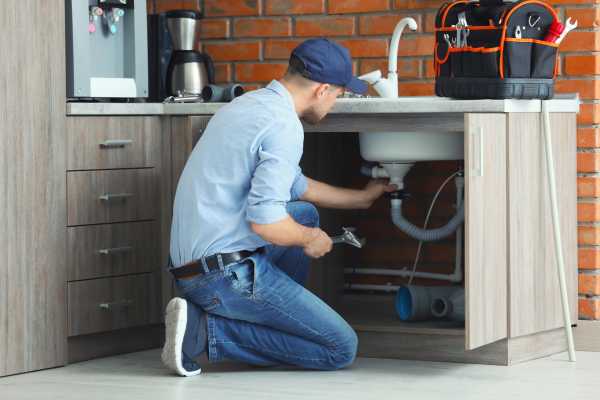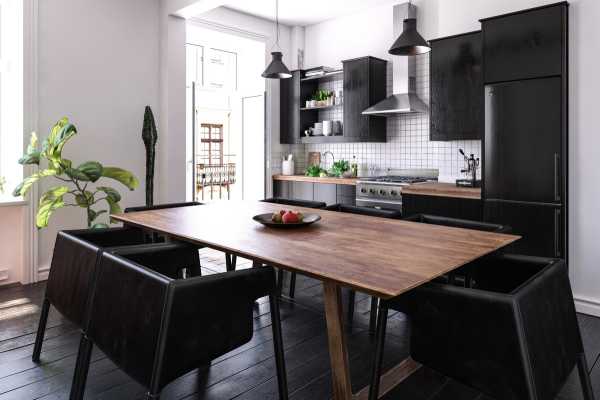Welcome to the realm of tiny homes, where resourcefulness and creativity intertwine with a simplistic lifestyle.
The phenomenon of tiny houses has surged in popularity recently, advocating for compact and eco-friendly living spaces.
Plumbing, a crucial aspect in any construction, including small residences, demands attention.
In this piece, we delve into the intriguing domain of DIY plumbing for tiny houses, offering insights, suggestions, and techniques to enhance the functionality and comfort of your petite abode.
Understanding DIY Plumbing:
Unlike conventional residences with intricate plumbing systems often requiring professional intervention, tiny houses present both challenges and opportunities for homeowners.
While the constraints are evident, they provide a chance to address plumbing needs practically.
Learning basic plumbing skills and embracing DIY methods not only saves costs but fosters a deeper connection with your living quarters, creating a mutually beneficial scenario.
Sourcing Water:
Securing a consistent water supply is paramount when ensuring self-sufficiency in a small dwelling. Given the mobility of many micro-homes, water tanks and connections must withstand movement.
Opting for food-grade containers for water storage is advisable. Installing a water pump and filtration system guarantees access to clean water for daily use.
Managing Gray Water:
Every inch and drop count in tiny houses. Gray water, originating from sinks and showers, can be repurposed for various tasks like watering plants or flushing toilets after purification.
Constructing a DIY gray water recycling system promotes eco-friendly living with minimal resources.
Composting Toilets:
Conventional flush toilets are not the most practical choice for compact homes due to limited water storage.
Composting toilets offer an environmentally conscious alternative, transforming human waste into compost rather than contributing to landfills.
Building your composting toilet is straightforward, odorless, and environmentally beneficial.
Insulation and Frost Protection:
In regions with prolonged cold spells, safeguarding pipes from freezing is imperative. Utilize insulation and heating elements or tape to prevent pipe freezing.
DIY insulation ensures water flows freely even during the chilliest weather, maintaining functionality.
Space-Efficient Fixtures:
Innovative design solutions are essential for maximizing limited space in tiny houses.
Opt for collapsible or foldable plumbing fixtures like sinks, shower trays, and compact water heaters to save space without compromising functionality or style.
Leak Detection and Repair:
With living spaces in close proximity, even minor pipe leaks can escalate quickly in tiny houses. Acquire the skills to swiftly identify and rectify water leaks.
Regular plumbing system inspections are crucial to ensure everything operates smoothly.

In Conclusion:
Embracing a DIY approach to plumbing in tiny houses offers a gratifying journey.
From designing an efficient water system to integrating space-saving fixtures, the possibilities for creativity and problem-solving are boundless.
Remember, every aspect of your tiny home reflects your personality and values. Leverage your plumbing expertise to craft a cozy retreat tailored to your preferences.
Keep reading our articles:
Exploring Tiny House Flexibility and Mobility
Strategies for Organizing Small Living Spaces
FAQs:
1. What is DIY plumbing, and why is it vital in tiny houses?
DIY plumbing entails homeowners actively participating in installing and maintaining plumbing systems. In small dwellings, this approach is crucial, allowing customization to fit unique spatial and lifestyle requirements.
2. Can I install a water system in my tiny house independently?
Yes, installing your water system in a tiny house is feasible. Many homeowners opt for DIY water supply solutions, utilizing storage tanks, pumps, and filtration systems.
However, consulting experienced DIYers or professionals is advisable if uncertain.
3. How can I recycle gray water in my tiny house?
DIY gray water management systems filter and treat wastewater from sinks and showers, making it suitable for secondary purposes like irrigation or toilet flushing.
Numerous online resources and tutorials offer guidance on constructing such systems.
4. Are composting toilets suitable for tiny houses?
Composting toilets are a popular and sustainable choice for tiny homes. DIY composting toilets are straightforward to construct, offering a hygienic and eco-friendly waste disposal solution while conserving water, ideal for off-grid living.
5. How do I prevent pipe freezing in winter?
In cold climates, insulating exposed pipes and utilizing heating elements or tape is crucial. DIY insulation methods ensure functionality even in freezing temperatures.
Consider using winter-specific solutions for mobile homes to safeguard against freezing.


